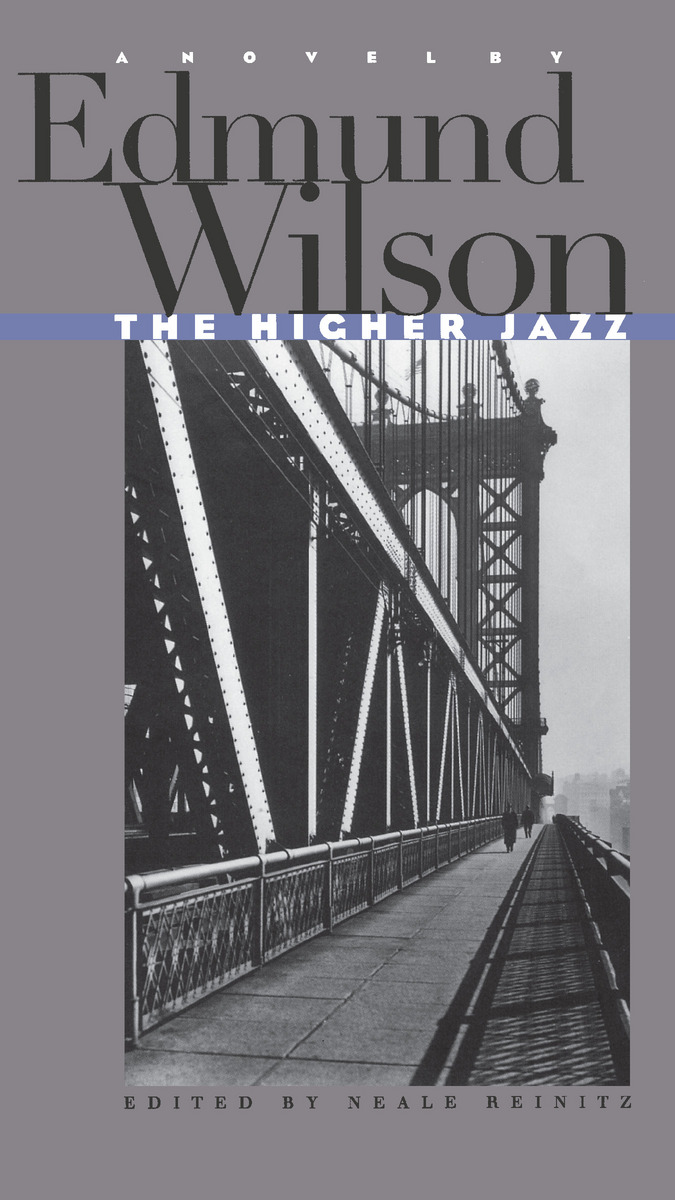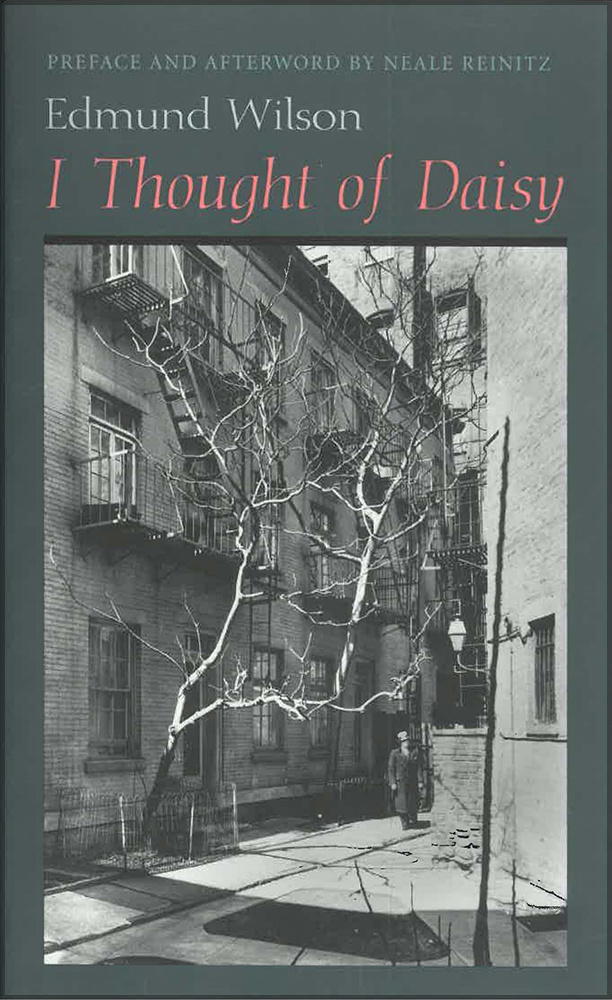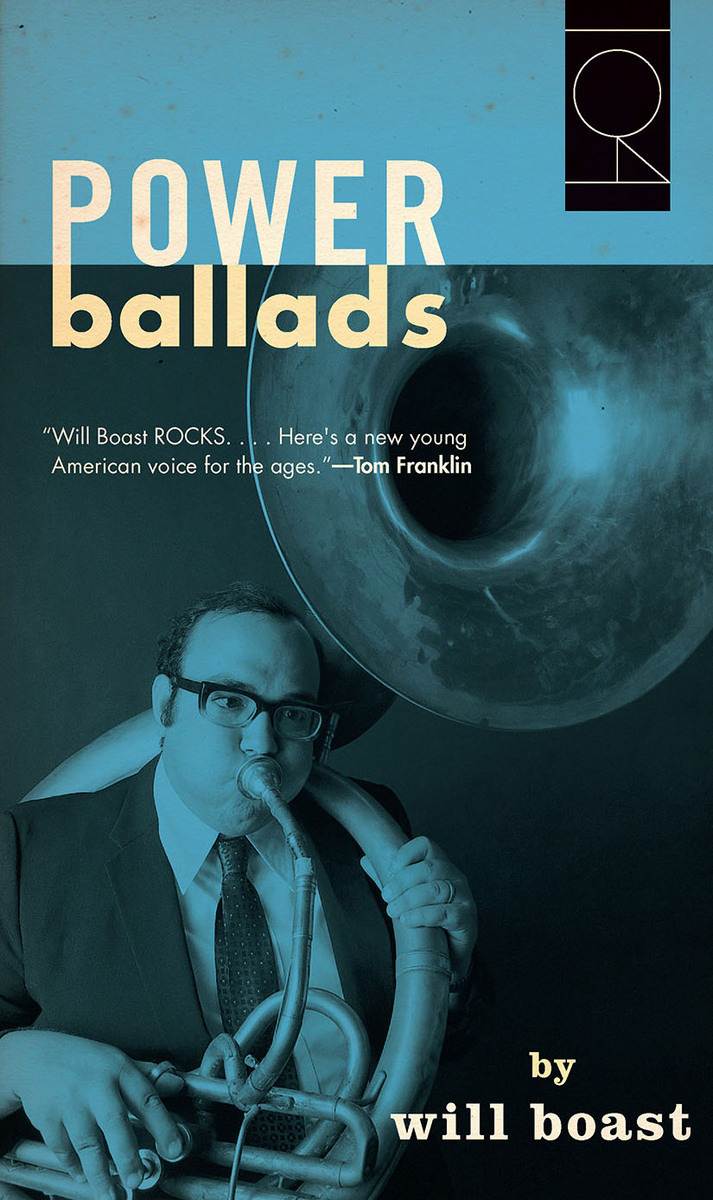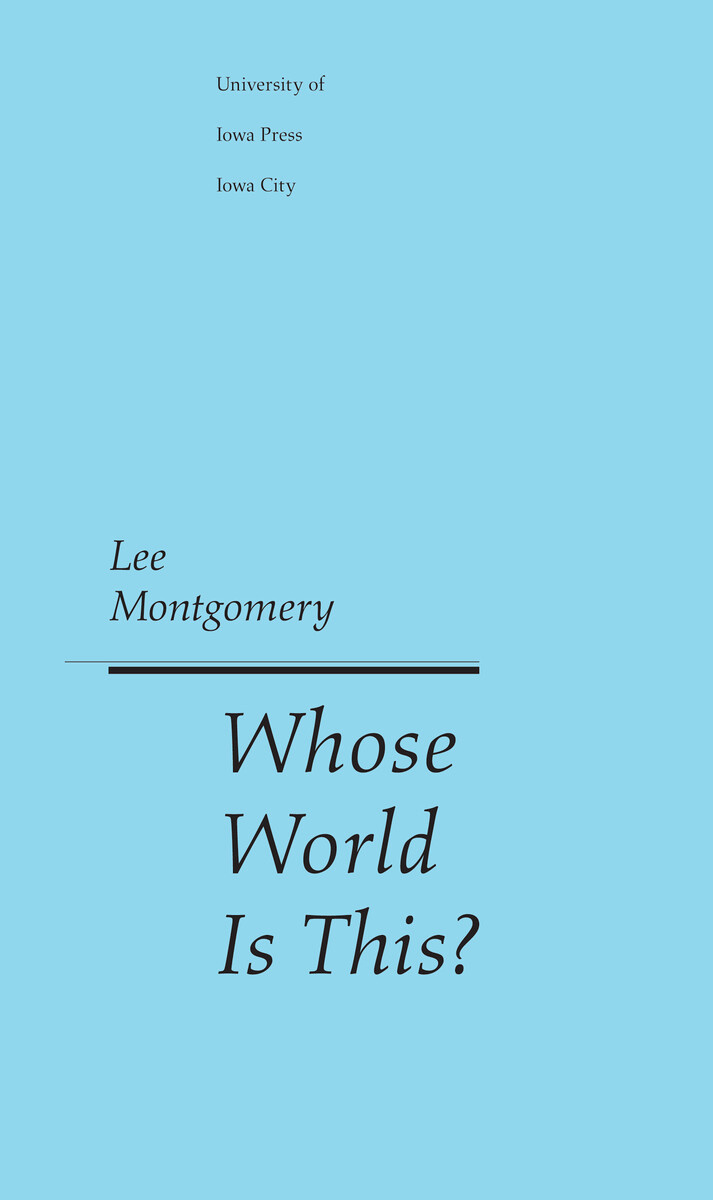Edmund Wilson, the preeminent American literary critic of the first half of the twentieth century, often fretted that he was not taken seriously as a creative writer. In the course of a career that produced Axel's Castle, To the Finland Station, and Patriotic Gore, among many other works of criticism and history, he published poems, plays, and two novels. Though he completed in draft this short novel, now entitled The Higher Jazz, it was never published.
In mid-career, in 1939, Wilson planned a novel in three parts that would carry a man through fifteen years as a stockbroker, a Russian diplomat, and a writer. When he started on the first section of this book, set in the 1920s, it carried him away from his original project. His hero was instead transformed into a German American businessman who, aspiring to become a composer, seeks the spirit of America in music that combined the contemporary popular and the modern classical, in what Wilson called elsewhere “the higher jazz.” This portrayal of the 1920s provides a sense of the elusive glories of the Boom Era. It is filled with characters based on people Wilson knew well or had observed, such as Dorothy Parker, Robert Benchley, and the Fitzgerald circle, and composers as varied as Cole Porter and Charles Ives.
Written at a turning point in his career, before he left contemporary literature and radical politics to focus on history, travel, and his own past, this novel reveals Wilson's second thoughts about the 1920s and his recognition of the aspirations and dilemmas of the artist in American society.
“The Higher Jazz adds a dozen precious scenes and vignettes to Edmund Wilson's already panoramic view of America in the 1920s. Wilson brings a light, comic, rather aloof tone to these sketches of life before the Crash. There are some marvelous glimpses of drunken country weekends, newlyweds in an apartment on lower Fifth Avenue, and the highbrows who frequented New York City's avant-garde music concerts. Writing in the early 1940s, Wilson seems to give these figures from the twenties—all of whom are based on friends and lovers—a light, almost flyaway insouciance. The true protagonist of The Higher Jazz may be Manhattan itself—a city whose parties, nightclubs, burlesque shows, concert halls, and taxicabs keep his characters in a state of perpetual, dizzy motion.”—Jed Perl, art critic, New Republic
“Clearly this is Edmund Wilson land. The readers of Wilson's popular diaries and his splendid novel Memoirs of Hecate County will immediately recognize the people, the places, and the moods of this long-unpublished novel. Here again Wilson is attempting to plumb the depths of the intellectual and social life of those jittery years of the 1920s and 1930s—an era he knew so well.”—George H. Douglas, author of Edmund Wilson's America
“Edmund Wilson was not a great fiction writer, but he was an acute observer of the cultural scene and of his own life and feelings. This unpublished novel, though highly uneven, was his summary reckoning with the 1920s, offering us revealing glimpses of a booze-drenched milieu that ranges from Gershwin, Parker, and the Algonquin wits to burlesque shows and Schoenberg concerts.”—Morris Dickstein, City University of New York
“Wilson is at his best in his vivisections of social scenes and all their petty power dynamics. There are wonderful fictionalized recollections of the brittle, sarcastic atmosphere of the famed Algonquin Round Table set, with their predilection for punning, word games and childish role-playing. Everything unfolds in a milieu of languid, alcohol-soaked jocularity spiked with sudden flashes of wit and suppressed bitterness. The best scenes take place in burlesque houses and nightclubs, which are juxtaposed with pretentious highbrow music recitals.”—Speak



